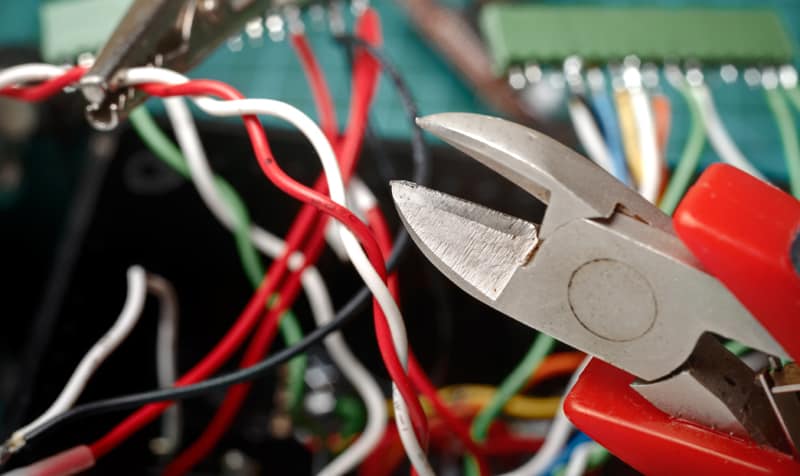A bit of a strange one, but bear with me.
I bought a second hand rowing machine with a computerised console to control the tension levels - except that it doesn't. The resistance works via magnetic / air, which in turn is controlled by a servo motor. I've already replaced the servo and the cables that run from the servo to the console, but it still doesn't change the tension.
I've opened up the console and there doesn't seem much to it, but I have no idea how to test whether the circuits inside are working or if this is possible on a layman level.
For what it's worth, the main screen and buttons are working perfectly, it's that I don't know whether it's sending a signal to the servo. I'm guessing I may have a heap of junk to put out to the scrap man, but just thought I might ask just in case anyone has any ideas.
Oh, and I've already spoken to the company that sells it, York, who said that if it isn't the servo or the cables, it's most likely that there's no signal being sent from the console. However, they also added that they no longer sell the console as a spare part.
Cheers.
I bought a second hand rowing machine with a computerised console to control the tension levels - except that it doesn't. The resistance works via magnetic / air, which in turn is controlled by a servo motor. I've already replaced the servo and the cables that run from the servo to the console, but it still doesn't change the tension.
I've opened up the console and there doesn't seem much to it, but I have no idea how to test whether the circuits inside are working or if this is possible on a layman level.
For what it's worth, the main screen and buttons are working perfectly, it's that I don't know whether it's sending a signal to the servo. I'm guessing I may have a heap of junk to put out to the scrap man, but just thought I might ask just in case anyone has any ideas.
Oh, and I've already spoken to the company that sells it, York, who said that if it isn't the servo or the cables, it's most likely that there's no signal being sent from the console. However, they also added that they no longer sell the console as a spare part.

Cheers.



